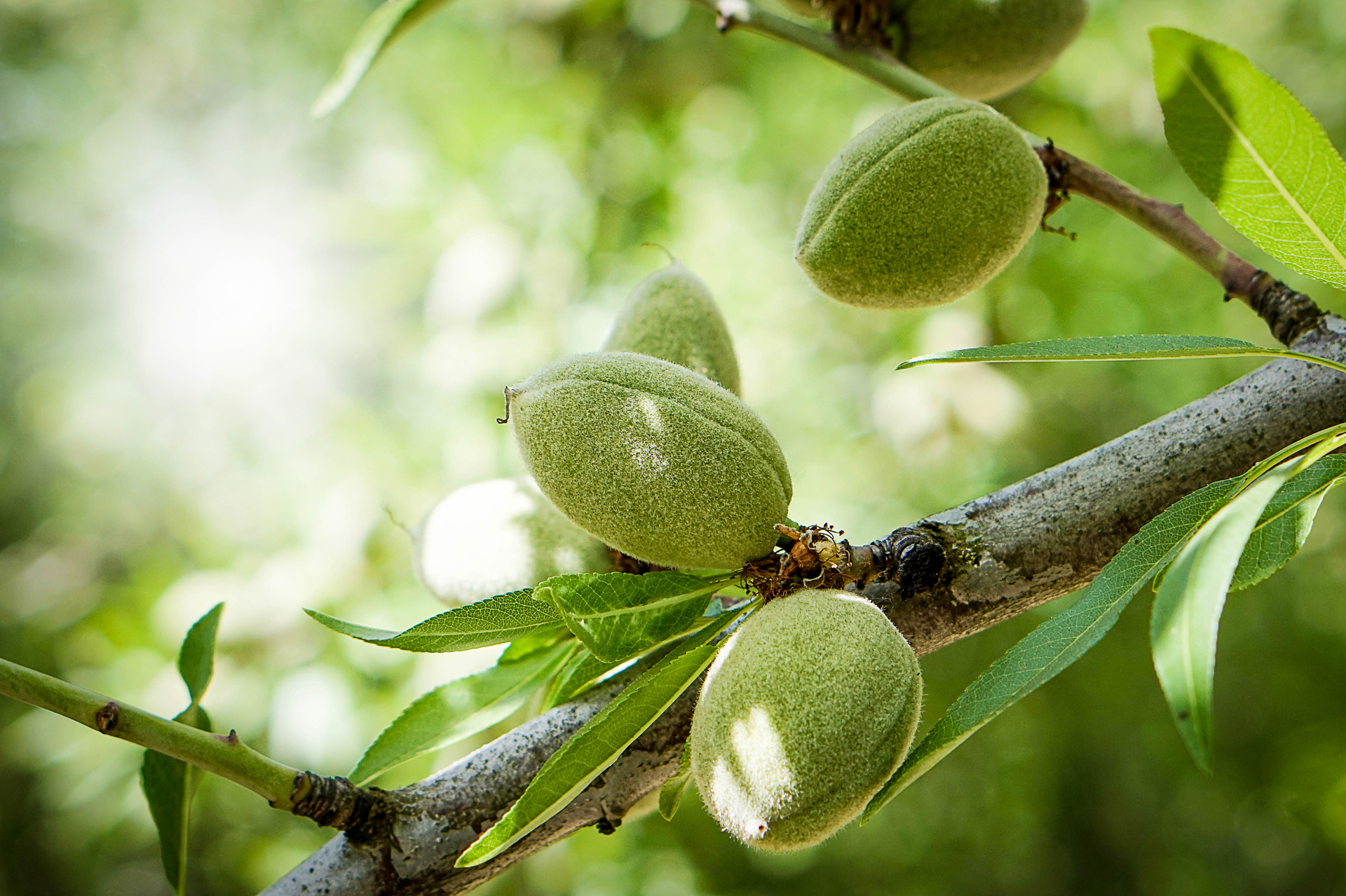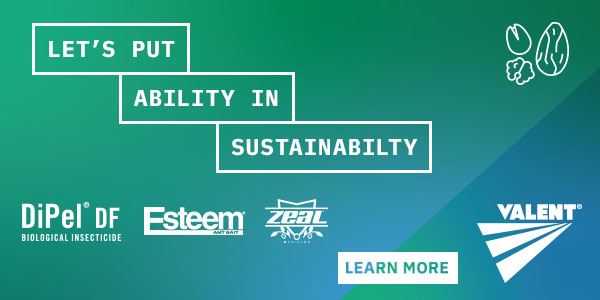Whether groundwater or surface delivery, having an accurate analysis of your irrigation water early in the season will assist in orchard health management.
Receiving accurate information will depend on the collection protocol. The Almond Board of California advises taking samples from the downstream side of the filter station after the system has been running for a few hours. Allow a few minutes of fresh water to run out of the sample port before collecting the sample. Once the bottles are filled, keep them out of direct light and heat and submit to laboratory within 48 hours of collection.
Recommendations also notes that all irrigation water contains dissolved mineral salts. The laboratory analysis of your sample will show pH, nitrogen, electrical conductivity, sodium, chloride, and boron.
Understanding chemistry of your irrigation water is the first step in determining what steps are necessary to maintain plant health. The analysis can also play an important part in development of annual Nitrogen Management Plans.
Gabriele Ludwig, ABC director of environmental affairs, said both surface and groundwater sources should be tested as the issues with each, while overlapping, also have some differences. Both sources should be tested at least once every three years. If surface water use is more frequent, testing should happen at shorter intervals.
The main reason to test, Ludwig said, is to be able to manage for any possible problems with water quality for irrigation and make adjustments as needed to alter pH, or manage for salts or nitrates. One of the important determinations that can be made from the lab analysis is if salinity management is necessary. Salt build up in orchard soils poses health risks to trees.
Slightly saline surface water can impact choices for rootstocks in a new orchard. Testing groundwater for nitrates, and surface water if a district is using groundwater to provide surface water, can save on nitrogen input costs. Knowing nitrate levels in irrigation water will help improve nitrogen management to comply with the Irrigated Lands Regulatory Program.
Testing for boron is another management strategy. Ludwig said ABC is currently funding research with UC Davis on a system to extract boron for a commercial program. A test for pH will help ensure irrigation systems do not become plugged with precipitates.

Cecilia Parsons
Cecilia Parsons has lived in the Central Valley community of Ducor since 1976, covering agriculture for numerous agricultural publications over the years. She has found and nurtured many wonderful and helpful contacts in the ag community, including the UCCE advisors, allowing for news coverage that focuses on the basics of food production.
She is always on the search for new ag topics that can help growers and processors in the San Joaquin Valley improve their bottom line.
In her free time, Cecilia rides her horse, Holly in ranch versatility shows and raises registered Shetland sheep which she exhibits at county and state fairs during the summer.

















